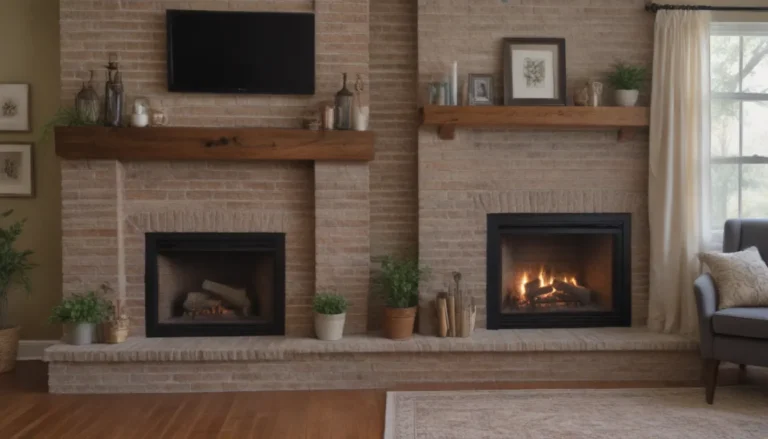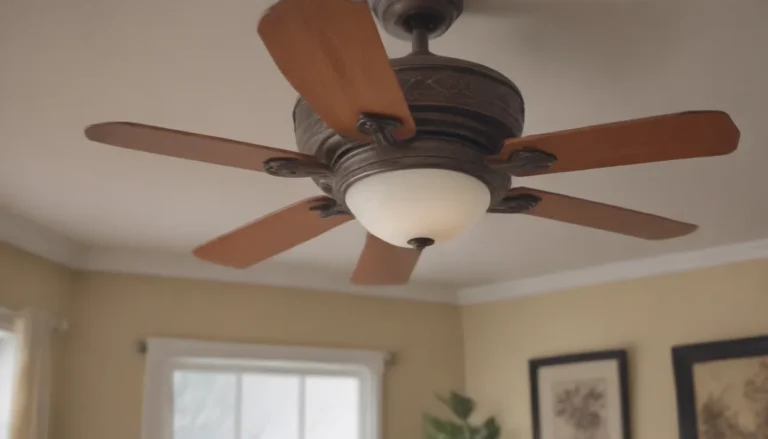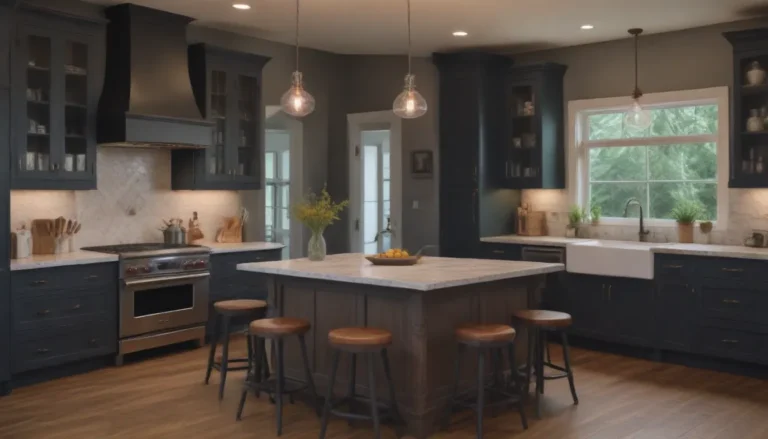The Ultimate Guide to Converting a Carport to a Garage

Welcome to our comprehensive guide on converting a carport to a garage! Carports are a popular option for sheltering vehicles in warm climates, but they lack the security and versatility of a traditional garage. By converting your carport into a garage, you can provide a more secure space for storing not only your vehicles but also bicycles, sporting goods, lawn equipment, and other household items.
In this guide, we will walk you through everything you need to consider before tackling a carport conversion project. We’ll cover key factors such as local building codes, evaluating the existing structure, measuring the slab, checking the height requirements, roofline considerations, and more. By the end of this article, you’ll have all the information you need to make an informed decision on whether to proceed with a carport conversion.
Check Local Building Codes and HOA Regulations
Before you start any construction project, it’s essential to check your local building codes and homeowner’s association (HOA) regulations. These regulations may dictate specific requirements for converting a carport to a garage, such as fire-rated walls or entry doors. Make sure you understand all the necessary permits and approvals before moving forward with the project.
Evaluate the Current Carport Structure
Assess the condition of your carport’s structure. Look for sturdy vertical supports and a solid roof. If the support posts are damaged or insufficiently sized, you may need to make significant structural improvements before converting the carport. A strong and well-maintained structure will increase the chances of a successful conversion.
Measure the Slab
A garage should ideally be at least 20 feet deep and 10 feet wide for one car, or 18.5 feet wide for two cars. Consider expanding the slab for a larger footprint if needed. Ensure that there is enough roof overhang to accommodate the expansion.
Check the Height
Make sure there is sufficient height in the carport to install a sturdy beam or header above the garage door opening. This header is essential for supporting the weight of the door. Measure the height of your carport to determine if any adjustments need to be made to accommodate the header.
Consider the Carport’s Roofline
The existing roofline of your carport will play a significant role in the overall appearance of the converted garage. Decide whether the current roof style is suitable for an enclosed garage, or if modifications are needed for a more cohesive look.
Check Condition of the Roof
Inspect the condition of the carport’s roof. If the roof is in poor shape, you may need to remove it entirely and start fresh. Consider re-shingling the roof as part of the conversion project if the structure is sound.
Check Condition of the Slab
Ensure that the concrete slab under your carport is structurally sound. The footing should be wide and deep enough to support the weight of framed walls. Consult with a structural engineer or concrete contractor to assess the foundation’s adequacy.
Plan for Mechanical Service
Determine how electrical service will be delivered to the garage. Consider installing an electrical subpanel for workshop purposes and consult with a plumber if plumbing services are needed for laundry or other utilities.
Once you have considered these factors and received positive feedback, it’s time to consult a builder for cost estimates on the carport conversion project. Additionally, get bids for a complete garage teardown and reconstruction to compare options and make an informed decision.
Converting a carport to a garage can be a cost-effective way to enhance your property’s value and functionality. With careful planning and assessment of the existing structure, you can create a secure and versatile space for your vehicles and belongings. Before starting the conversion process, be sure to follow all local regulations and seek professional assistance if needed. We hope this guide has provided valuable insights and guidance for your carport conversion project. Happy renovating!





